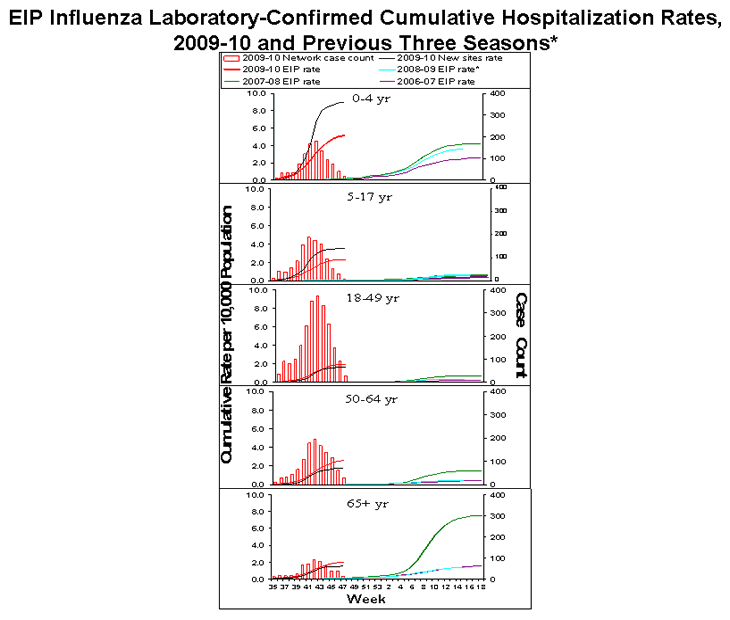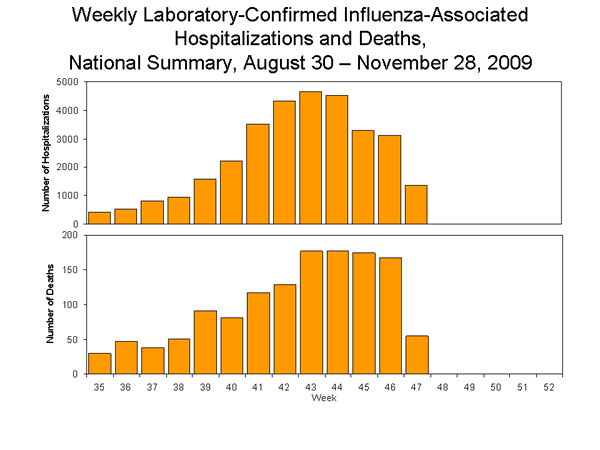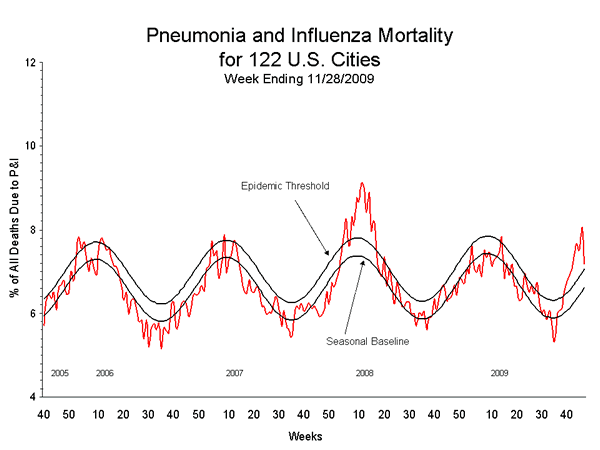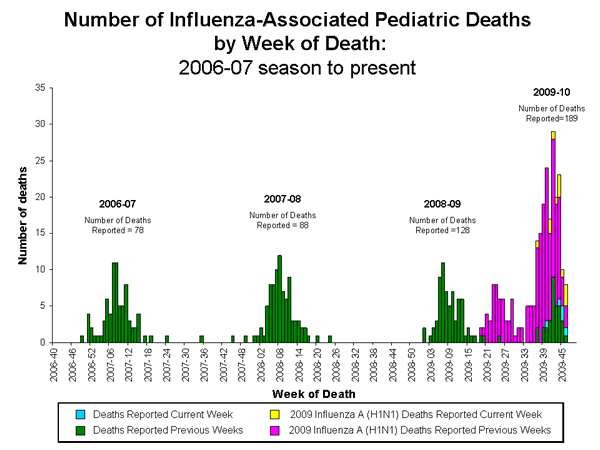Via Chris Mooney, I learn that Rush Limbaugh, whose ability to smell out a conspiracy is on par with the ability of the male silk moth to sniff out the presence of a female from miles away, has called the whole H1N1 thing a hoax:
A bogus pandemic! You combine this with the UK story and we can see what's happened here, a manufactured, phony crisis. Hoax and change. The media loved this BS story, but you were a problem. I was a problem, actually. I wasn't going to get a vaccine for a phony emergency, and I told Kathleen Sebelius to stuff it publicly on this program. Kathleen Sebelius showing us how to sneeze on our arms so that we wouldn't destroy all of human life before global warming got us. We are the targets of lies, damn lies and science and scientists are rapidly becoming as trustworthy as politicians.
While I know that scientists have an amazing capacity for organizing evil conspiracies (with evolution global warming among the more notable successes), I'm skeptical on this one, Rush.
Let's look at the numbers. If you head over to the CDC's weekly flu survey site, you can get the most current reporting.
Here's is a breakdown of lab-confirmed flu hospitalizations by age group, through the end of November - compare the solid red line line (cumulative hospitalization rate for 2009-2010) to the three traces for 06-07, 07-08, and 08-09 (EIP means cases counted in the Emerging Infections Program surveillance sites):

This year looks bad, but there is good news - influenza hospitalizations and deaths were down at the end of November:

So did we overreact? Uh, no - look at the Pneumonia and Influenza (often tightly associated) death rates in 2008, and again in 2009 - we are still technically above the epidemic threshold (red trace above the top black trace):

And, just to scare you some more, let's take a look at influenza-associated pediatric mortality. Basically, the 2009-2010 flu season really sucks compared to the last few flu seasons:

Of course, if the CDC is in on the conspiracy, this is exactly what they would say...
Just for kicks, here's the CDC update on Flu Vaccine Safety:
Seasonal influenza vaccines consistently have had excellent safety profiles, as documented in recent multiyear studies (5). However, in 1976, a vaccine against a swine-origin influenza virus was associated with a small, but statistically significant, increased risk for Guillain-Barré syndrome among adult vaccinees in the 8 weeks after vaccination (attributable risk: 1 per 100,000 vaccinees). The reasons for this association remain unknown. Vaccine production has changed since 1976, with increased use of vaccines which are treated with solvents to produce split-virus vaccines, or with detergents to produce subunit vaccines, resulting in fewer adverse reactions. However, the historical association with the swine-origin influenza virus of 1976, high public expectations for the H1N1 vaccine program, and the federal commitment to ensure vaccine safety all have contributed to efforts to enhance vaccine safety monitoring systems for H1N1 vaccines...
Data from VAERS [Vaccine Event Reporting System) indicated that the overall reporting rate after H1N1 vaccination was higher than the rate after seasonal influenza vaccination. Although these data might represent an actual difference in the safety of the vaccines, the difference might have resulted from efforts to enhance reporting to VAERS and heightened public awareness of the H1N1 vaccines. VSD has the capability to test and strengthen hypotheses generated by VAERS reports. To date, preliminary VSD data indicate no increase above background rates for monitored health events among recipients of H1N1 vaccines. VSD, because of its ability to follow populations of vaccinated and unvaccinated persons over time, can detect associations between health events and vaccination. This and other systems will continue to monitor adverse events after H1N1 and seasonal influenza vaccination and can help determine whether adverse events after vaccination are causally related to the vaccines (Table 3).
The report states that for H1N1 vaccine there have been 82 adverse event reports per 1 million vaccine doses, compare with 47 reports per million for seasonal flu. Don't get excited here - that difference is indistinguishable from background fluctuations, and, moreover, may be due to, according to the report authors, increased vigilance in reporting of events by clinicians in this atmosphere of heightened flu vaccine anxiety.
Get yourself vaccinated.
Read the feed:






Comments